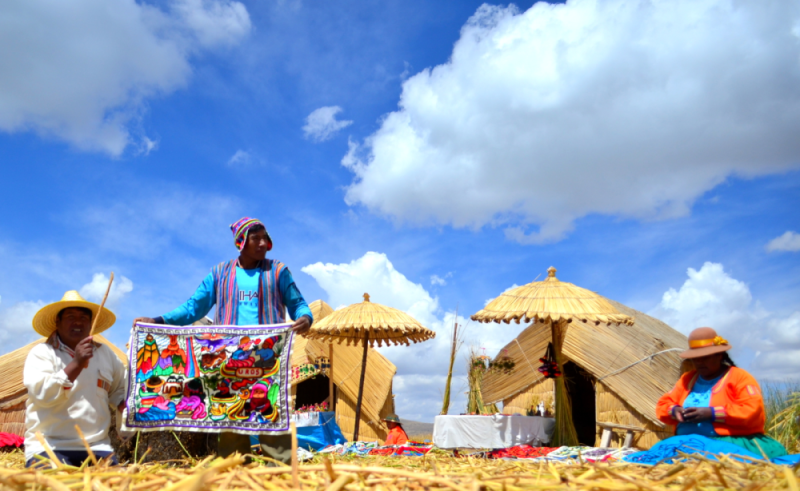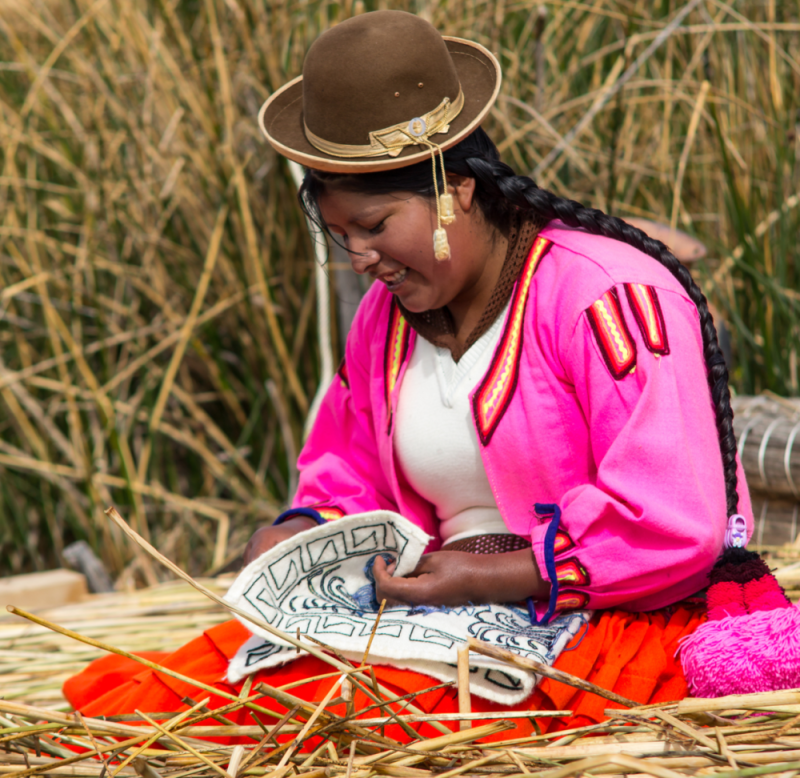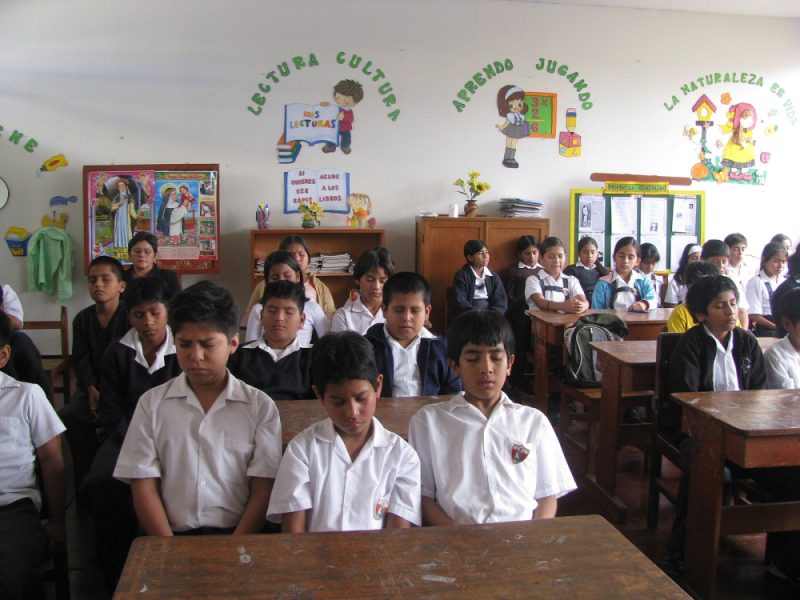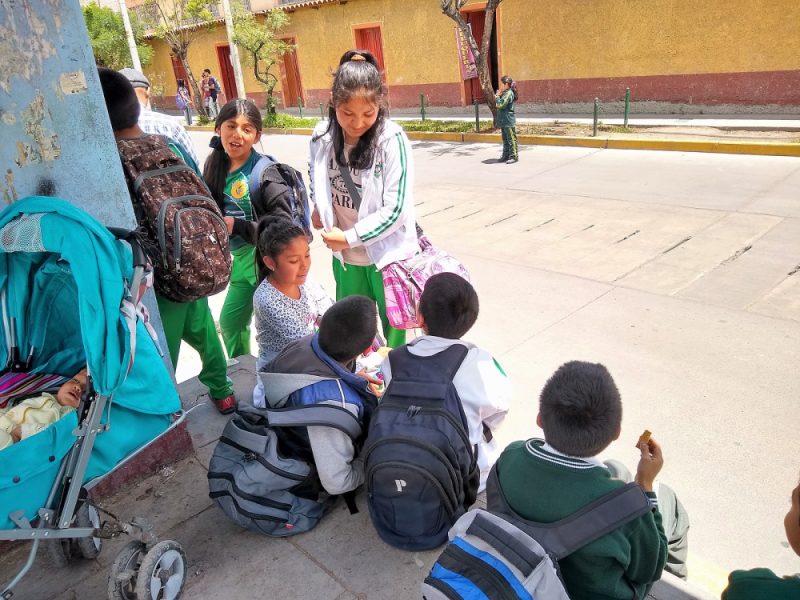Peru is not only known for its rich history and breathtaking landscapes but also for its unique indigenous communities. These communities have developed their own educational systems, which prioritize cultural preservation and provide a holistic approach to learning. Let’s dive into the fascinating world of Peru’s indigenous education systems and discover their extraordinary features.

Cultural Preservation:
One standout feature of Peru’s indigenous education systems is their emphasis on cultural preservation. These systems recognize the vital role of cultural heritage in shaping an individual’s identity and societal cohesion. Students are taught traditional customs, rituals, and languages, allowing them to maintain a strong connection with their roots while gaining a broader perspective on their community’s history.

Experiential Learning:
Indigenous educational practices in Peru place a high value on experiential learning. Unlike conventional classrooms, where the focus is often on textbooks and theoretical knowledge, indigenous schools prioritize hands-on experiences. Students actively engage in traditional agricultural practices, craftsmanship, and ancestral arts, fostering a practical understanding of their ancestors’ way of life.

Community Involvement:
Peru’s indigenous education systems encourage active participation from the entire community. Education is seen as a collective effort that involves not only teachers but also parents, community leaders, and elders. These collaborative strategies ensure that the knowledge and wisdom of older generations are passed down to younger ones, creating a seamless intergenerational transfer of knowledge.

Environmental Stewardship:
Another remarkable aspect of indigenous education systems in Peru is their strong emphasis on environmental stewardship. Indigenous communities have a deep understanding of the land’s importance and their interconnectedness with nature. By incorporating ecological teachings into the curriculum, students learn about sustainable practices, biodiversity conservation, and the importance of living in harmony with the environment.
Challenges and Opportunities:
While Peru’s indigenous education systems have valuable offerings, they face several challenges. Limited government support, lack of resources, and linguistic barriers pose significant obstacles to their development and growth. However, efforts are being made to bridge these gaps through partnerships with external organizations, research initiatives, and the promotion of bilingual education.
Peru’s indigenous education systems provide a unique and invaluable educational experience, rooted in cultural preservation, experiential learning, community involvement, and environmental stewardship. These systems serve as a powerful tool for preserving indigenous knowledge, strengthening cultural identity, and empowering future generations. By acknowledging and supporting these alternative educational models, we can contribute to the rich diversity and heritage of Peru’s indigenous communities, fostering a more inclusive and holistic approach to education.
Education is one the pillars of the MEDLIFE Movement. We believe it is important to educate ourselves and others on the unique educational systems of the places we work in across the world. To learn about education in other parts of the world, check out our blog on the importance of girls’ education in Tanzania.
To get involved today with MEDLIFE, enter your information in the form below to join our contact list.
